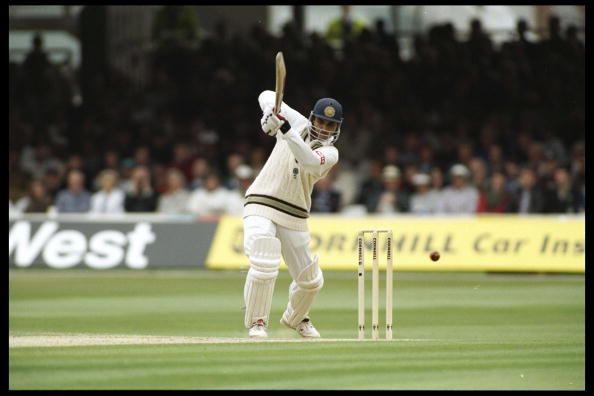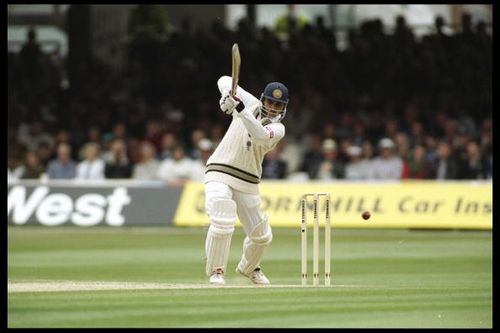
Sourav Ganguly - What 41 years of 'Dadagiri' taught us

Sourav Ganguly of India during his debut century during the second test match between England and India at Lords, London.
Sourav Ganguly is a quintessential Bengali in many ways. He lives in a tightly knit joint family, has a religious inclination, loves biriyani, travels to New Alipore to enjoy his favourite phuchka and prefers never to miss the annual Durga Puja celebrations.
So much so, like most Bengalis, he too believes in the sanctity of the mahashtami and chose to announce his retirement on that very day in 2008.
He comes from the land of Ray and Tagore. And like Harsha Bhogle once said, there is poetry in his batting.
But there’s something about Ganguly that is so not Bengal. The spunk, the aggression, the never-say-die-spirit – these traits were never an embodiment of the spirit of Bengal. Despite his leftist leanings, Dada, as he is fondly called never took the cholche cholbe saying seriously.
He grew up in a time of economic stagnation in Bengal. There were power shortages, strikes and frequent political clashes. But, Ganguly thought otherwise. His rebellious streak often got him into trouble – whether it was taking revenge on the gardener by prescribing him wrong medicines or offering to drink, a crazy (later, life threatening) concoction of different alcoholic beverages to a demanding teacher, Sourav was never the one who would take things lying down.
And much of this could be seen later on, when Sourav grew up to become one of the most successful cricketers to ever play for the country. Here was a Bengali who could give it back.
A family member, who has had the chance of extensively covering cricket, once told me of an interaction of his with former Australian fast-bowler Geoff Lawson. In that interaction, Lawson goes on to describe Sourav’s series-defining hundred at Brisbane in 2003-04. Lawson said that each time Sourav hit a boundary, the sound of the ball hitting the bat – a clean, meaty noise, rattled the then-Australian captain, Steve Waugh.
It’s interesting to know that before that series started, there was a lot of talk about providing Ganguly with ‘chin-music’ (short-pitch bowling). With a tightly packed off-side field, three slips and a gully waiting to latch onto anything that came their way, Ganguly was peppered with short-stuff, around the off-stump. They cramped him for room, expected him to duck or nudge one behind but he went on playing his cut shots.
While the opposition expected him to chicken out or get his head knocked off, they were treated to some sweetly timed shots. With every cut and every drive, a message was sent out clear, the Indians were here to play.
“He (Ganguly) needed his life to be full of disasters and rescues, and comebacks and mistakes and memorable moments. To hell with the prosaic. At heart he is a cavalier, albeit of mischievous persuasion,” Peter Roebuck had written one about the southpaw.
Ganguly was a master of mind games and unpredictability. During the press conference where he announced his retirement, he kept the journalists waiting for a good forty minutes before he made the announcement. They raised questions about the supposed ‘voluntary retirement scheme’ being offered to senior cricketers and, he duly rubbished each one of the theories. Just before leaving, he put in a word about his retirement, giving journalists no time to rake up conspiracy theories and deflecting all kind of questioning that could follow.